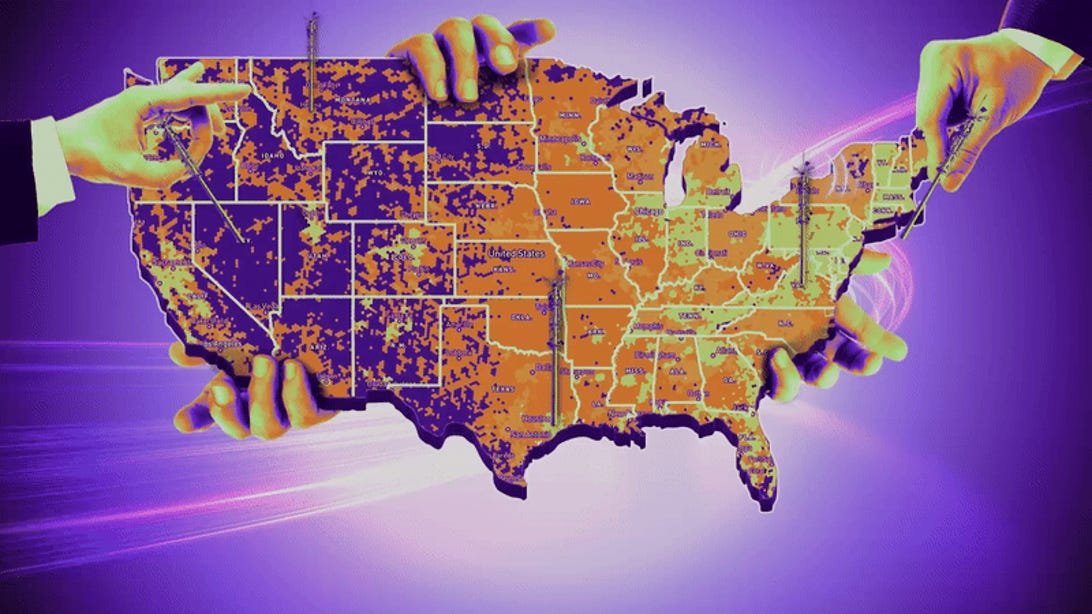It’s possible for massive fires to burn in Australian cities. Planning needs to reflect thisAs the Los Angeles wildfires rage, we are watching a disaster unfold in real time.We knew this would happen eventually. We have moved from possible futures to these things now happening. The deferment has ended. Continue reading…It’s possible for massive fires to burn in Australian cities. Planning needs to reflect thisAs the Los Angeles wildfires rage, we are watching a disaster unfold in real time.We knew this would happen eventually. We have moved from possible futures to these things now happening. The deferment has ended. Continue reading…
As the Los Angeles wildfires rage, we are watching a disaster unfold in real time.
We knew this would happen eventually. We have moved from possible futures to these things now happening. The deferment has ended.
So could huge fires hit major Australian cities? And how prepared are we? The answers are: yes, and not very.
Why is LA on fire?
The areas north of LA have always been at high fire risk. That’s because of the mix of the fuels from trees and plants and the uneven terrain; canyons and ridges can accelerate blazes.
But in this situation several things happened at once – all of which were bad.
We had the amazingly strong Santa Ana winds, in conjunction with a very dry landscape. The landscape was primed for fire and then, due to these winds, the fires grew extraordinarily fast. Fire suppression capacity was quickly overwhelmed.
In a place such as California, with its enviable aerial fire-fighting capacity, fires can usually be contained rapidly. But this one grew at a fantastic rate, driven by these terrible winds. It then got into the houses and all the way down the coast.
Shockingly, it crossed from the intermix housing on the city borders and moved into the suburbs. It was an incredibly fast escalation.
All of these things aren’t unexpected. We know fires are burning faster and hotter and quicker, and fire seasons are getting longer. These LA fires happened in the US winter. The environment is being primed by climate change and we know there are limits to fire suppression.
So, we knew these things were going to happen – but it is still so confronting when they do.
Could this happen in a major city in Australia?
The short answer: yes.
We don’t have Santa Ana winds, of course, but we do have downslope winds (which come over topographic barriers like mountain ranges). They are often very dry and warm and can move quickly.
Fires can and have burned into Australian suburbs. We have all the ingredients.
If you have the wrong wind and the wrong fire at the wrong time, the blaze can be driven quickly into an urban area.
The degree to which it can spread depends on the landscape and how well prepared the area is.
If a suburb has older housing stock with older gardens, a fire can spread quickly. If you have more modern housing stock (usually better at defending against ember attack), the houses are more spaced apart and the gardens are clearer, you might be OK.
When fire gets into suburbs, some houses might burn down and others may survive. The worst-case scenario is what we call “house-to-house ignition”, when the homes become the fuel.
The other frightening possibility is water supplies running out, which is happening in some parts of Los Angeles.
How ready are Australian cities for fires?
Australia is not well prepared for scenarios such as this. But rather than being fatalistic and assuming that urban areas are open game for bushfires, effort is needed from all levels of government and the community to reduce the risk of fires destroying suburban and semi-suburban areas.
This means better boundaries between houses and keeping fuel loads low. It also means households, councils and fire authorities must have plans for when fires hit.
This may mean implementing planning rules to enforce safer gardens or the clearing of bushland behind homes. Such measures will be controversial.
Gaining public support will require designing landscape-scale firebreaks that are attractive and sympathetic to biodiversity.
Studies suggest that achieving fire-ready cities requires a mix of research, education, incentivisation and penalties.
We also need to ask: how bushfire-aware are city residents?
So much messaging surrounding having a fire plan, knowing where to go and leaving early has been targeted at rural and bushland residents. Many people in suburban areas may not consider themselves vulnerable and might not have a plan at all.
Many regional and rural areas have bushfire places of last resort – safe havens for residents when all other bushfire plans have failed. The LA tragedy shows we need these places in cities, too. People also need to plan how to get to them (by walking or going on bike, where possible), so traffic jams don’t ensue as everyone tries to escape.
People should also be educated about what to expect at evacuation points. Where possible, they should take their own food, water and medicines and include pets in their plan.
And the planning discussion should include residents in fire-prone areas installing their own specially designed fire shelters at home, if they can afford them.
Nowhere to hide
Global heating is making bushfires in Australia more frequent and severe. Home insurance costs are increasing. That will affect the cost of living and the broader economy.
The LA fires show that, when it comes to climate change, there’s nowhere to hide. Around the world authorities and communities must overhaul their assumptions about fire risk and preparedness. That includes people living in cities.
Kicking the can down the road won’t work. The crisis is here.
-
This article was originally published in the Conversation. David Bowman is a professor of pyrogeography and fire science University of Tasmania
Discover more from World Byte News
Subscribe to get the latest posts sent to your email.




